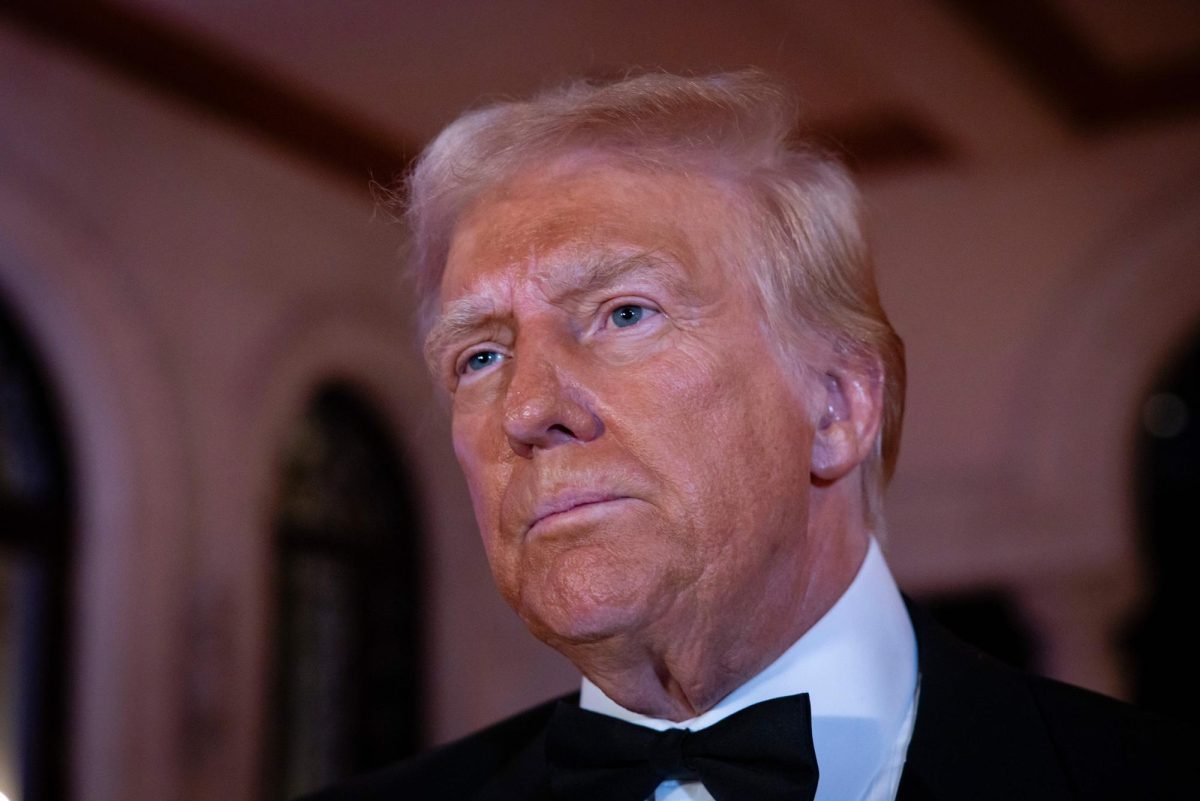On Nov. 5, the American people sat at the edge of their seats through the night as they witnessed the Republican Party take hold of the Senate, House of Representatives and the presidency.
President-elect Donald Trump has yet to take office, but he’s already promised to deliver on a laundry list of sweeping reforms.
Among them are plans to reshape the country’s education system.
Part of Trump’s Agenda 47, these promises aim for a change in policy regarding curriculum, The Department of Education (DOE) and more.
“The United States spends more money on education than any other country in the world,” Trump said in a 2023 video posted to his campaign website. “And yet, we get the worst outcomes.”
Multiple studies place the U.S. in the Top 10 when it comes to education spending but the country ranks 13th in terms of college graduation rates.
Trump plans on ending teacher tenure and suggesting a system of merit-based pay that would be dependent on student performance, with promises to offer priority funding incentives for schools that adhere.
These schools would receive “favorable” treatment according to the campaign website.
“If you’re basing paychecks or your salary on [student performance], there’s gonna be a big gripe for ‘oh, I want all the bright students,’” said Fresno State political science professor Andrew Chavez. “It’s pretty dicey in my opinion, there’s gonna be a lot of politics that go along with those hidden [struggles].”
Trump also plans to reinstill prayer in classrooms. His administration says this effort would protect students’ First Amendment rights.
“He will ensure that every American’s fundamental right to the Free Exercise of Religion does not end when you walk into a classroom,” read a statement from Trump’s campaign website.
With curriculum, Trump proposes an expulsion of critical race theory (CRT) and gender studies. His administration threatens to cut federal funding to schools that participate in these teachings.
“Under Joe Biden, too many of America’s schools have devolved into left-wing indoctrination centers where students are underperforming, mental health is worsening, in-school violence is spiraling out of control, and political activists in the classroom are teaching our children a one-sided and distorted view of American history,” Trump’s website states.
Some students fear this curriculum change could be dangerous.
“Part of learning U.S. and global history is the motivation to not repeat things that have already been done,” said Fresno City College political science major Makena Geil. “Racist roots run deep in this country, and if unraveling them is more plausible because people recognize right from wrong through required curriculum, then it should be encouraged (if not enforced) rather than dismissed as superfluous.”
Chavez says he believes the changes are an offshoot from the Supreme Court’s 2023 Students for Fair Admissions (SFFA) v. Harvard decision. The case did away with affirmative action, the process that was meant to mitigate the discrimination of minorities when applying to academic institutions.
“I feel like this is doing away with DEI, different things like that,” Chavez said. “That’s a direct result of that case that came before the Supreme Court a few years ago. It’s going to be a situation where, again, there’s going to be a readjustment period. When it comes to admissions of job hiring, how is that going to be taken into account?”
As for the DOE, Trump’s administration plans to dismantle it and send those responsibilities back to the states.
“We want them to run the education of our children because they’ll do a much better job of it,” Trump said in a video statement.
One of the highest areas of concern for this change is the status of the Free Application for Federal Student Aid (FAFSA) that is overseen by the DOE.
Chavez says this unclear reorganization may put a strain on college students who rely on the DOE for FAFSA or other student loans.
“That’s my biggest thing…when it affects my students in that way,” Chavez said. “How is that going to work with their loan servicing? Now, with the Department of Education gone, you may have students that have to take out private loans, because now the federal government isn’t servicing those lower interest rates…that’d be my biggest fear.”
Geil also remains skeptical of this new proposition.
“Under the hypothetical that FAFSA could be reworked to give students more options towards debt relief or erasing interest as a whole concept, it would be a beneficial change,” Geil said. “This conceptual version of FAFSA is in our highest hopes but lowest expectations given the Trump administration’s history and what it routinely stands for, but change could flip to either side of good or bad given the intentions and execution.”
At this point, the proposed plans that also include higher emphasis on project-based learning and safer school environments country-wide remain broad and uncertain.
As Trump’s return to the Oval Office looms, it’s still unclear just how drastic these changes will be and how soon they could begin to take effect.




